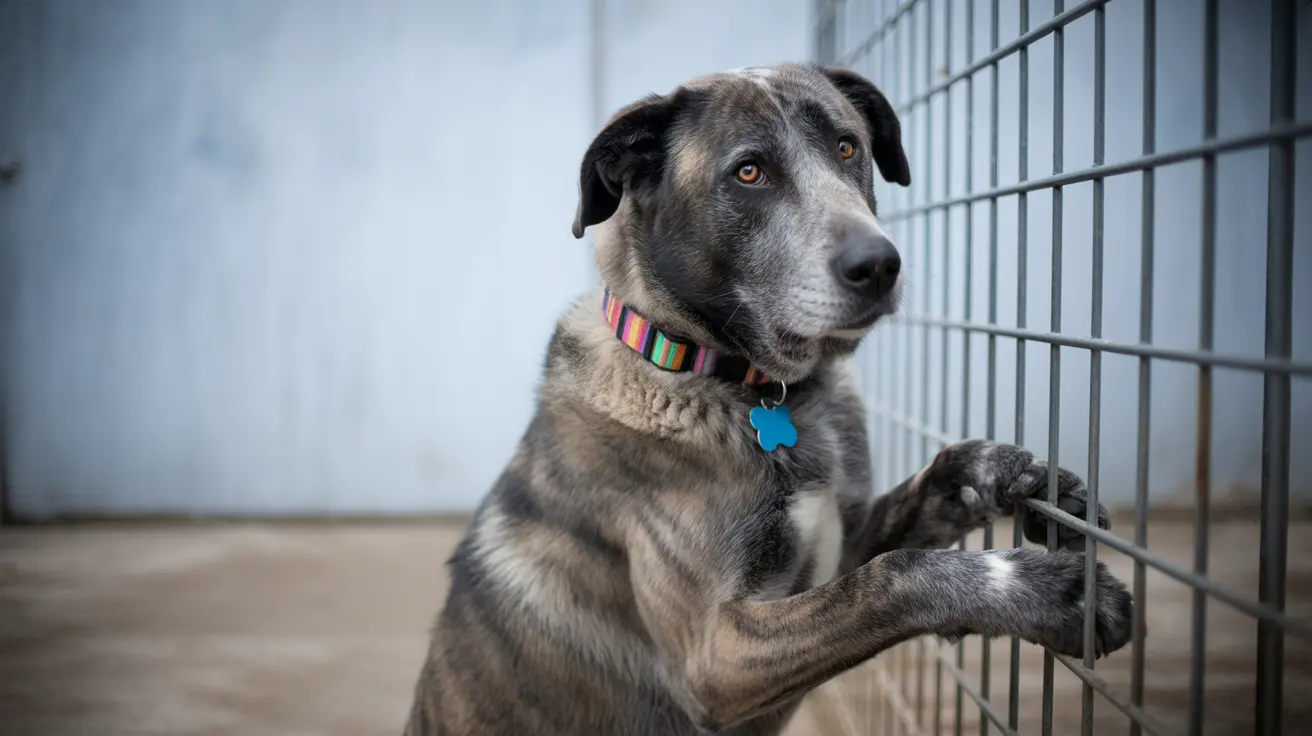How to help a dog with excessive licking?
Excessive licking in dogs may indicate underlying health issues such as skin infections, allergies, anal gland problems, or oral discomfort, all of which may require veterinary attention.
How to Help a Dog with Excessive Licking
Excessive licking in dogs can be a frustrating behavior for pet owners, but it's often a sign that something more serious may be going on. Understanding the causes and applying effective remedies can vastly improve your dog's comfort and well-being.
Common Causes of Excessive Licking
- Skin Irritations and Allergies: Dogs may lick their paws or skin excessively if they suffer from allergies (environmental, food, or contact-related) or skin infections caused by bacteria or yeast.
- Anal Gland Issues: Dogs with impacted or irritated anal glands often lick their rear ends to relieve discomfort. This behavior can also make their breath smell unpleasant if the secretions are transferred orally.
- Dental and Oral Health Problems: Issues like gum inflammation, tooth infections, or oral wounds may lead to oral discomfort, prompting the dog to lick objects or themselves frequently.
- Gastrointestinal Problems: Conditions such as acid reflux, nausea, or bacterial imbalances in the gut may cause dogs to lick surfaces or themselves in an attempt to self-soothe.
- Behavioral or Psychological Causes: Anxiety, boredom, or compulsive behavior can drive dogs to lick excessively as a coping mechanism.
Steps to Help a Dog That Licks Excessively
- Observe the Pattern: Note when and where the licking occurs. This can help determine whether the cause is physical or behavioral.
- Conduct a Physical Exam at Home: Check for visible irritation, rashes, swelling, discharge, or unusual odors, especially around paws, ears, mouth, and rear end.
- Maintain Oral Hygiene: Bad oral health can lead to discomfort that initiates licking. Brush your dog's teeth regularly with dog-safe toothpaste and consider using dental chews approved by the Veterinary Oral Health Council (VOHC).
- Check the Diet: Ensure your dog is on a balanced, high-quality diet. Dietary indiscretions such as eating spoiled food, feces, or garbage can contribute to bad breath and oral licking behavior.
- Hydrate and Supplement Wisely: Dehydration and certain supplements (like fish oil) may influence licking patterns. Probiotics may improve gastrointestinal health and reduce compulsive behaviors.
- Address Anal Gland Health: A diet with adequate fiber can help ensure proper anal gland function. Scooting and licking the rear are clear signs warranting a vet visit.
- Treat Skin and Allergy Issues: Licking due to allergies may respond to antihistamines, medicated shampoos, or other treatments recommended by your veterinarian.
When to Consult a Veterinarian
Seek professional help if:
- Licking is persistent and disrupts normal behavior
- The skin shows signs of infection, swelling, or bleeding
- There are signs of systemic illness such as vomiting, diarrhea, weight loss, or lethargy
- There is a sudden onset of foul or unusual breath odor
Your vet may conduct a thorough physical exam, bloodwork, allergy testing, or dental evaluation to determine the root cause and appropriate treatment.
Preventive Measures
- Brush your dog’s teeth regularly with dog-safe toothpaste
- Use dental chews and toys approved by VOHC
- Provide mental and physical enrichment to reduce boredom-driven licking
- Feed a well-balanced diet and ensure proper hydration
- Schedule routine wellness check-ups
Summary
Excessive licking in dogs is often a signal that there’s an underlying problem, such as skin irritation, dental disease, or gastrointestinal upset. Pinpointing the cause is essential for effective treatment. Regular veterinary care, good hygiene practices, and dietary management go a long way in ensuring your dog’s well-being and comfort.





